This review was provided for free, but Bosch and I split the cost of flights and hotel so I could visit their headquarters in Irvine, Califonia to spend some time with a few different ebike models. My goal is to be transparent and unbiased with you, this video and writeup are not meant to be an endorsement of Bosch or Cannondale products. I welcome your corrections, additions, and feedback in the comments below, and the Cannondale electric bike forums.
Observations:
- Cannondale is producing a whole range of the Tesoro Neo X models and the highest end versions use the lower numbers, such as X, X 1, and X 2. The Neo X 3 Remixte shown here was filmed in the USA and offers Class 3 high speed performance, up to roughly 26mph during my ride test. It’s available in a range of frame sizes and two frame styles (high-step and mid-step). Depending on the level of Tesoro, you may have some different colors come up, but this one was only available in black, which helped to blend with the black fenders, rack, hubs, spokes, and other hardware.
Pros:
- This is a stylish, well made electric bike that is produced in three frame sizes and sold exclusively through dealers. All of this adds up to a better overall experience in my opinion, including better fit and post-purchase support.
- Cannondale is a large company with a good track record for quality. They are recognized as a leader in aluminum alloy frame production and they’ve been around since 1971. Bosch is also a trustworthy company, producing some of the best motors, batteries, and displays on the market today.
- Excellent weight distribution with both the battery and motor positioned low and center on the frame. The PowerTube battery is completely enclosed in the downtube, which improves the aesthetics of the bike and provides increased protection.
- I appreciate that Cannondale chose a top-mounting battery design here vs. the bottom-mount that many other companies have been using. I feel that it’s safer and easier to access, especially when the bike has fenders in place.
- Excellent aluminum alloy fenders, with tubular design for stiffness. They are wide enough to provide coverage for the hybrid multi-use tires here, and the rear fender hides a support arm for the cargo rack. This creates a beautiful aesthetic and provides more space for the seat post and saddle. In most cases, the saddle can be lowered all the way down and will not collide with the rear rack.
- Good drivetrain components. The nine speed Shimano Alivio drivetrain offers a wide range of cadence choices across an 11 to 36 tooth spread and the chainring uses a narrow-wide tooth pattern which reduces kickback and drops. It’s a fancier way to improve chain retention than using a guide. However, they still used an aluminum alloy chainring guard that prevents outer chain drops, acts as a bash guard, and provides minimal protection for pants and dress ends from the chain itself.
- The motor is very compact and lightweight at just 6.8lbs, because it’s built around the 4th generation mid-drive from Bosch. It offers a fairly high 65 newton meter peak torque output, an impressive 120+ RPM pedal support, and is capable of high speed Class 3 riding. While not as powerful as the Performance Line Speed, this motor is still a great choice for commuters and those looking for assistance above 20mph.
- Even though this ebike is using the entry level Bosch display, it’s easy to read and use while riding, and I love the range estimator menu. It dynamically adjusts based on recent ride activity and remaining battery capacity for each of the four assist levels.
- The motor controller is very smart and quick. It reads the rear wheel speed, pedal cadence, and pedal torque over 1,000 times per second! Bosch is well known for their sensors, and it shows as you interact with the different levels of assist with different leg power. I appreciate that their controller also listens for shifting (torque changes from derailleur movement) and eases off to reduce mashing and drivetrain wear.
- I reviewed the medium sized frame, and noticed that the overall length was a bit above average at 78″ vs. 72″ which suggests that the frame was custom made for the mid-drive, took 100mm of suspension travel into account, as well as the fenders, and slightly larger 29″ x 2.25″ tires. These tires offer stability, good rolling momentum, and a lower attack angle for smoother riding on cross-country terrain.
- This ebike is commuter ready, having fenders, the rear rack, and integrated lights. I feel that the safety is above average here because the frame does have some reflective branding accents and the headlight has side windows so you’re visible form more angles. The black color option helps the black hardware and wires to blend in.
- I love that the bike has two bottle cage bosses! Some ebikes don’t have any, because the battery often takes up the same spot on the frame. These mounting points could be used for fluids, bike locks, mini pumps, and all sorts of other accessories. The fact that the bike also has a rear rack makes it very utilitarian, and there are additional bosses for installing a third party rear rack if you don’t like the one that comes stock with the bike. There are additional bosses on the suspension fork lowers that add strength and security to the fender support arms vs. plastic cuffs on many cheaper ebikes.
- Great brakes, the bike uses large 180mm rotors and hydraulic vs. mechanical. This means you get good cooling, good leverage over the larger 29″ wheels, and both brakes actuate easily and won’t set in over time the way that wires can. Furthermore, the brake levers offer adjustable reach to fit different hand sizes.
- Nice kickstand with length adjustment and rear positioning so it won’t cause pedal lock with the left crank arm if you’re backing out of a tight space without stowing first.
- I thought it was interesting that the rear wheel connects to the bike with a wide Boost hub spacing and sturdy 12mm thru-axle vs. a 9mm quick release skewer (like the front wheel). This should add some strength and stiffness, and provides a sturdier spoke bracing angle.
- I love that the charging port for the battery is up high on the right side of the frame (the drivetrain side), because this is the most exposed and easiest to reach side of the bike! Generally, the front wheel and handlebar will tip away from this side of the bike, towards the kickstand. It’s easy to reach and interact with… and the battery locking core is also on this side of the bike, just lower down.
- Excellent battery charger! It’s fairly compact, lightweight at just 1.5lbs, and puts out 4 amps vs. 2 amps on most of the other electric bikes I review. This means it will charge the bike faster. You can charge the battery on or off the bike, which is great because this allows for safer storage of the battery during transport and avoidance of extreme heat and cold (which can be hard on Lithium-ion battery cells).
Cons:
- The wider “all terrain” tires with small knobs, and the 100mm travel suspension fork provide decent comfort here, but the suspension fork itself is spring (which weighs a bit more than air) and doesn’t offer much adjustability. You can twist the caps on top of both crowns to set preload and “pre load” the springs to optimize travel based on the weight of rider and gear. Thankfully, since the steer tube appears to be setup for a tapered steer post, you could upgrade to a nicer air fork and run with a thru-axle and boost hub spacing in the front to match the strength and quality of the rear boost hub spacing and thru-axle if you wish! This would require a new wheel and hub up front… If you wish to further improve comfort of the bike and don’t mind increasing weight and minimum saddle height, consider adding a 31.6mm suspension seatpost.
- I think reflective stripes on the tires could further improve the safety of riding this all-black electric bike… but at least it has some gray labels on the tires, and reflective branding accent stickers on the frame, as well as a pair of nice lights with side cutouts on the headlight.
- The display panel is entry-level from Bosch, and lacks Bluetooth for use with their smartphone app. It also has fewer display readouts, and does not offer USB charging (even though there’s a Micro-USB port, which is for diagnostics only).
- I appreciate the durability of aluminum alloy fenders, and the tubular design is extra strong so it won’t get bent or dinged as easily. However, they do increase overall weight. The bike is a bit heavy at 55.3lbs considering it’s a hardtail with a 500 watt hour battery pack… and I think this comes down to the reinforced frame that supports the heavier Bosch PowerTube battery design, the spring suspension fork, the rear rack, and these alloy fenders.
- The rear rack is very beautiful, as it appears to be almost floating on top of the rear fender. There’s actually a metal support hidden by the rear fender, which attaches to the seat stay area. However, there are no bungee loops at the bottom, the single support arm on the side might not block panniers from touching the wide tires as well as a double support design, and the overall weight rating is lower than average at 44lbs (20kg) vs. 55lbs (25kg) on most competing racks that I see. This might not be enough for some child carriers.
- I really appreciate that the charging port is up high on the right side of the frame, and the locking cylinder to secure the battery is also on the drivetrain side (which tips away vs. towards you, so it’s easier to access). However, the locking core is very low and in the path of the right crank arm. This is a minor complaint, but it would be nice if the lock and charging port were both up high, making them easier to reach.
- I’m mixed on the battery cover design because it looks great and has bottle cage bosses built in, but since it’s fancier and color-matched, it could be more expensive to replace and also adds about 0.4lbs (from what I can tell based on the battery weight alone vs. what I weighed the combination at). At least it’s more permanently connected to the battery, so won’t be taken from the bike as easily as the generic plastic ones I see a lot on other products. I also appreciate the top-mount design of the battery since it’s safer to work with in my experience.
- One more minor complaint, the Acera trigger shifters that Cannondale chose for this ebike utilize a one-way high lever, meaning that you need to pull on it with your index finger vs. a two-way trigger that could be pulled or pushed with your index finger and thumb. I prefer two-way triggers so I can rely completely on my thumb and use my index finger for managing the brake. It makes me feel more secure and won’t compromise my grip to shift gears. This part upgrade would be very cheap to do at the factory level, and considering that everything else is so nice, I wish they would have used Deore vs. Acera.
- Some of the more expensive Bosch powered ebikes are using rear wheel speed sensors that are built into the disc brake rotor or rotor mount, so the magnet isn’t on the spoke of the wheel. As shown in the video review above, these spokes can get bumped out of position and are just more exposed on the older design.
- I like ABUS locks and keys in general, but this Cannondale used the lower-end hardware that is not routed in but more traditional and probably less secure. You cannot match ABUS locks to this keyset like some of the fancier ones with the Plus Code.
- Some minor complaints: the stock plastic pedals aren’t especially wide or nice from what I can tell looking at the pictures. The pedals shown in the review are upgrades from Bontrager (Trek’s in house hardware brand). The rubber cover for the locking core on the downtube didn’t fit in very easily or stay put for me. The bottle cage bosses on top of the battery cover are nice for the high-step Tesoros, but the mid-step just doesn’t have much space there to mount a bottle cage and still remove the battery pack easily.
- In my experience, the battery lock needs to be open while re-inserting the battery pack. You cannot just push it in because the metal block that secures it is not ramped on one side. This just means additional focus and time to line everything up and twist the key, and makes it easier to drop the battery while mounting it, in my experience.
- I love how the chainring cycles backwards as you pedal backwards, because this makes it easy to lubricate the chain and tune the derailleur without using a bike stand, but there’s a bit of weight in the system and I have noticed a clunk feeling when stopping pedaling forward based on the motor internals being connected as you pedal forward and backwards vs. freewheeling. This may reduce with time and use, as I was on a brand new demo model.
- Other considerations: for this higher end pice point, it would be nice if the bike came with a sleek bell to alert fellow riders and automobiles. My knees bumped the top tube a couple of times, as it bulges out a bit more than a standard tube.
- I feel that the Bosch Performance Line Sport motor is a mixed bag because during my ride tests it seemed to only reach 25mph or 26mph but not really 28mph like a true Class 3 ebike. It only offers 65 newton meters of torque as well. I think the more expensive Performance Line Speed motor with 85 newton meters of torque is faster and stronger.
- This electric bike is sort of marketed as a touring platform, but the 500 watt hour battery is not as impressive as the Bosch PowerTube 625 for long range. Furthermore, if you purchased a second PowerTube 500, it wouldn’t have the shield built on and I don’t think that’s swappable very easily. These batteries weigh a bit more, are longer, and have sharp edges so they don’t really work in backpacks or panniers as well as some other designs or the older Bosch PowerPack 500.

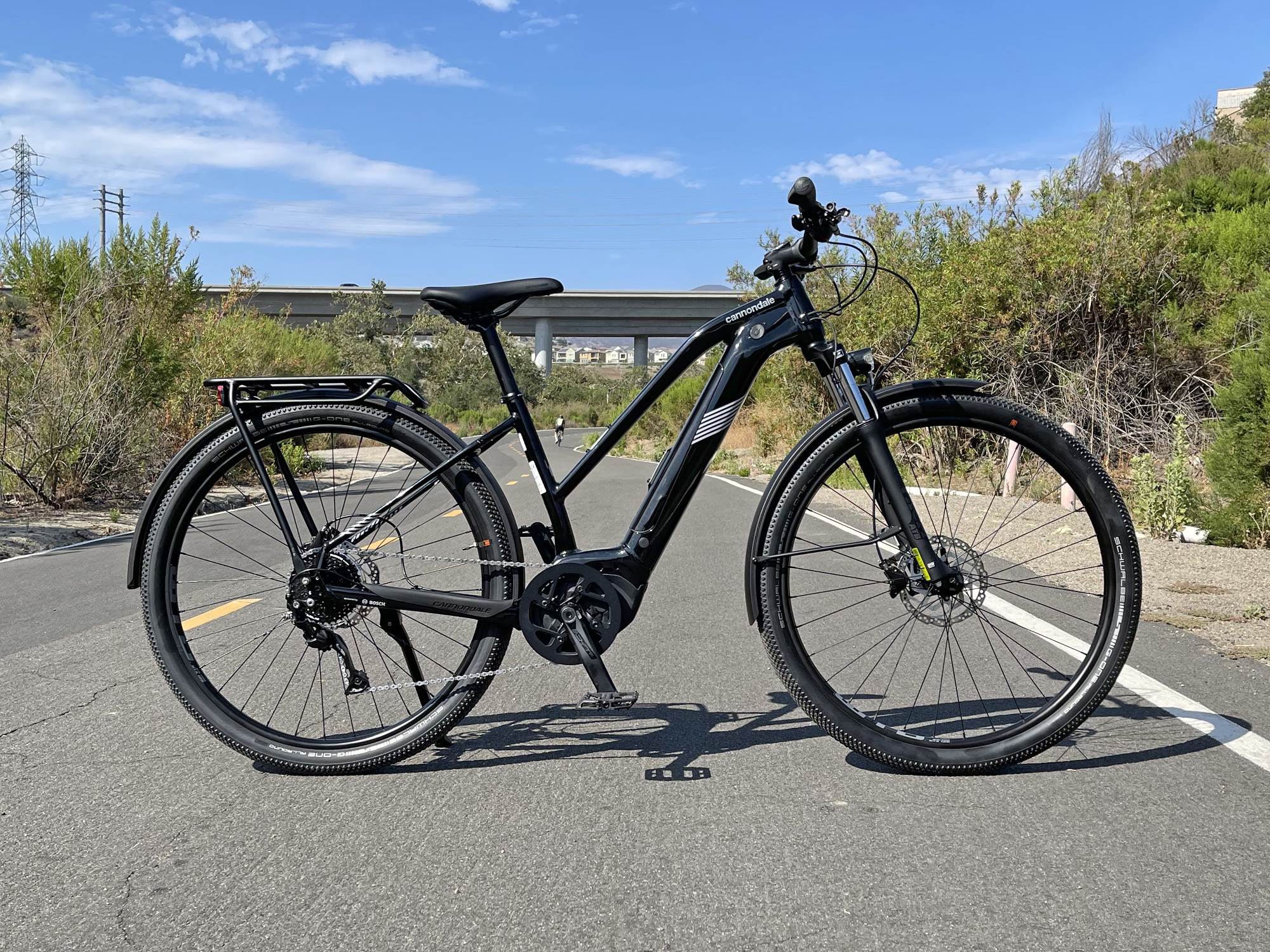
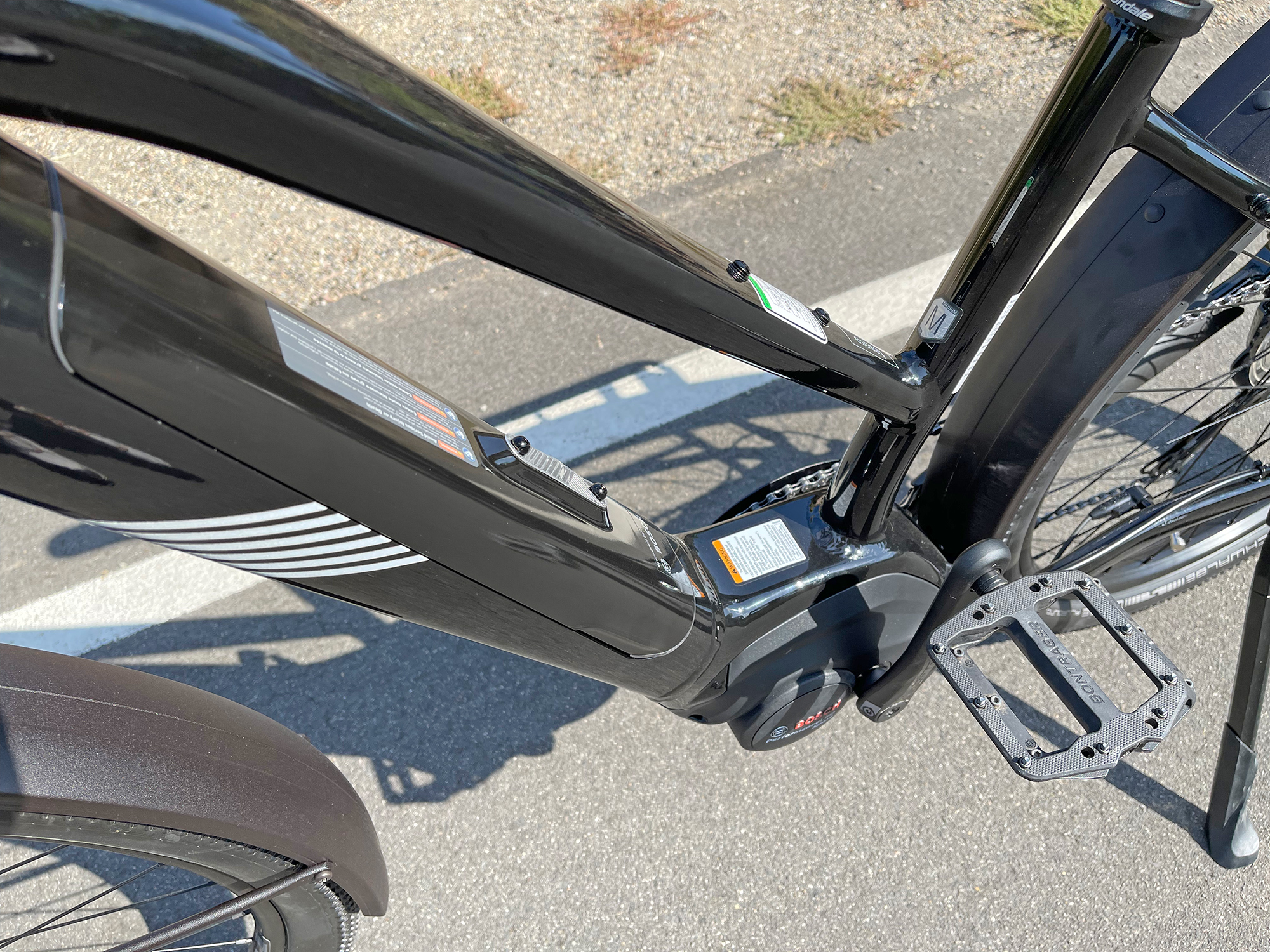
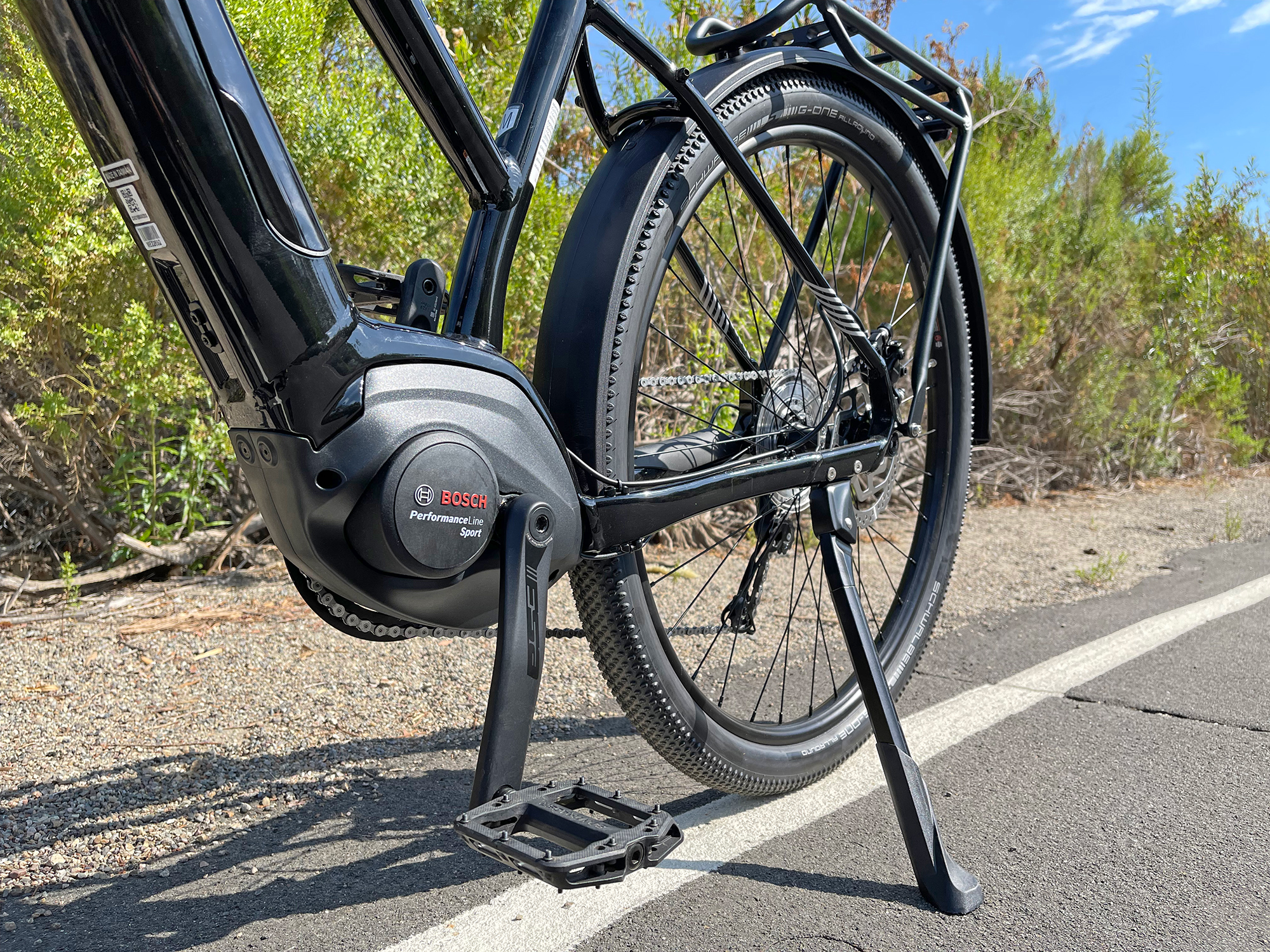
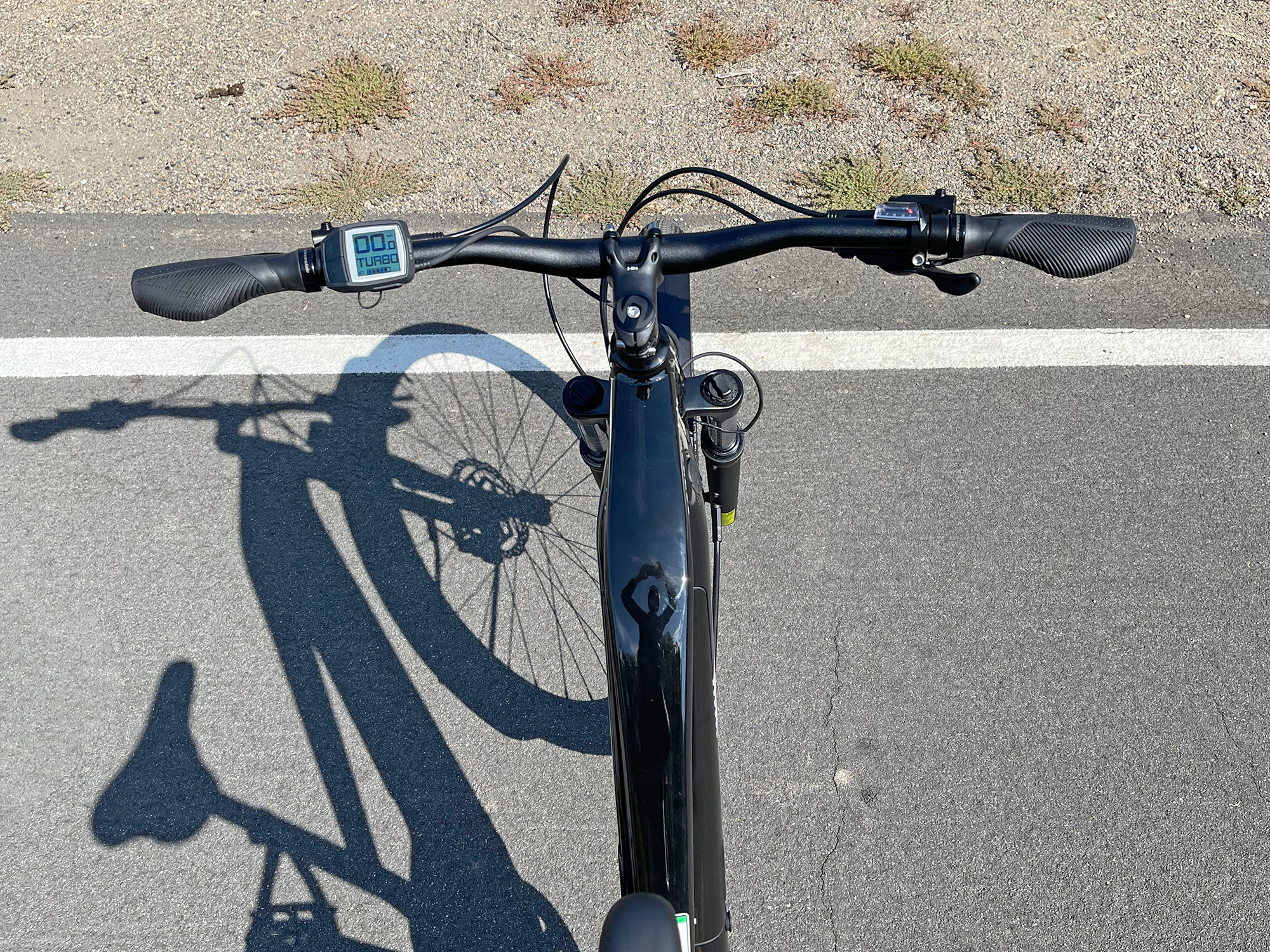
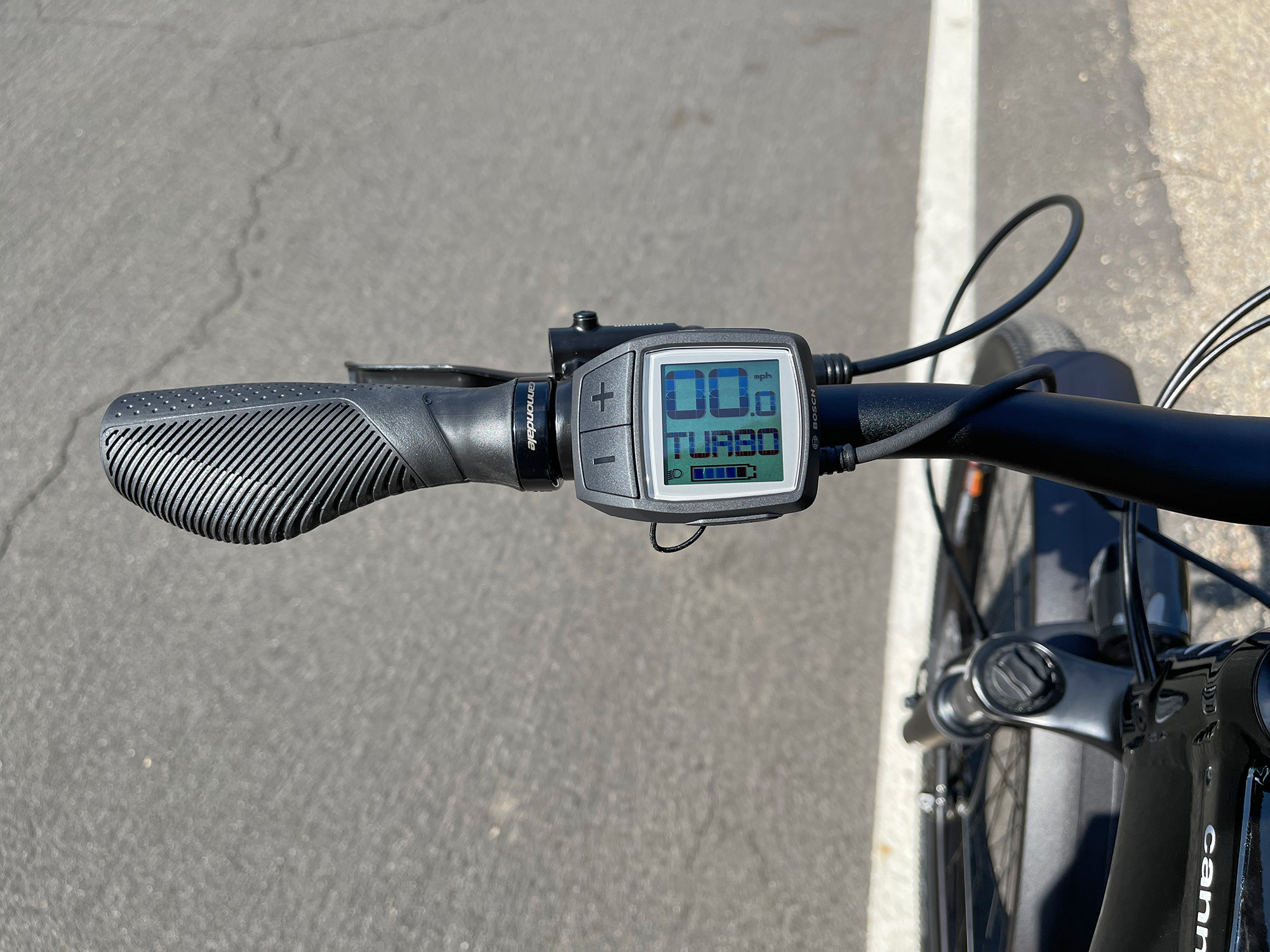

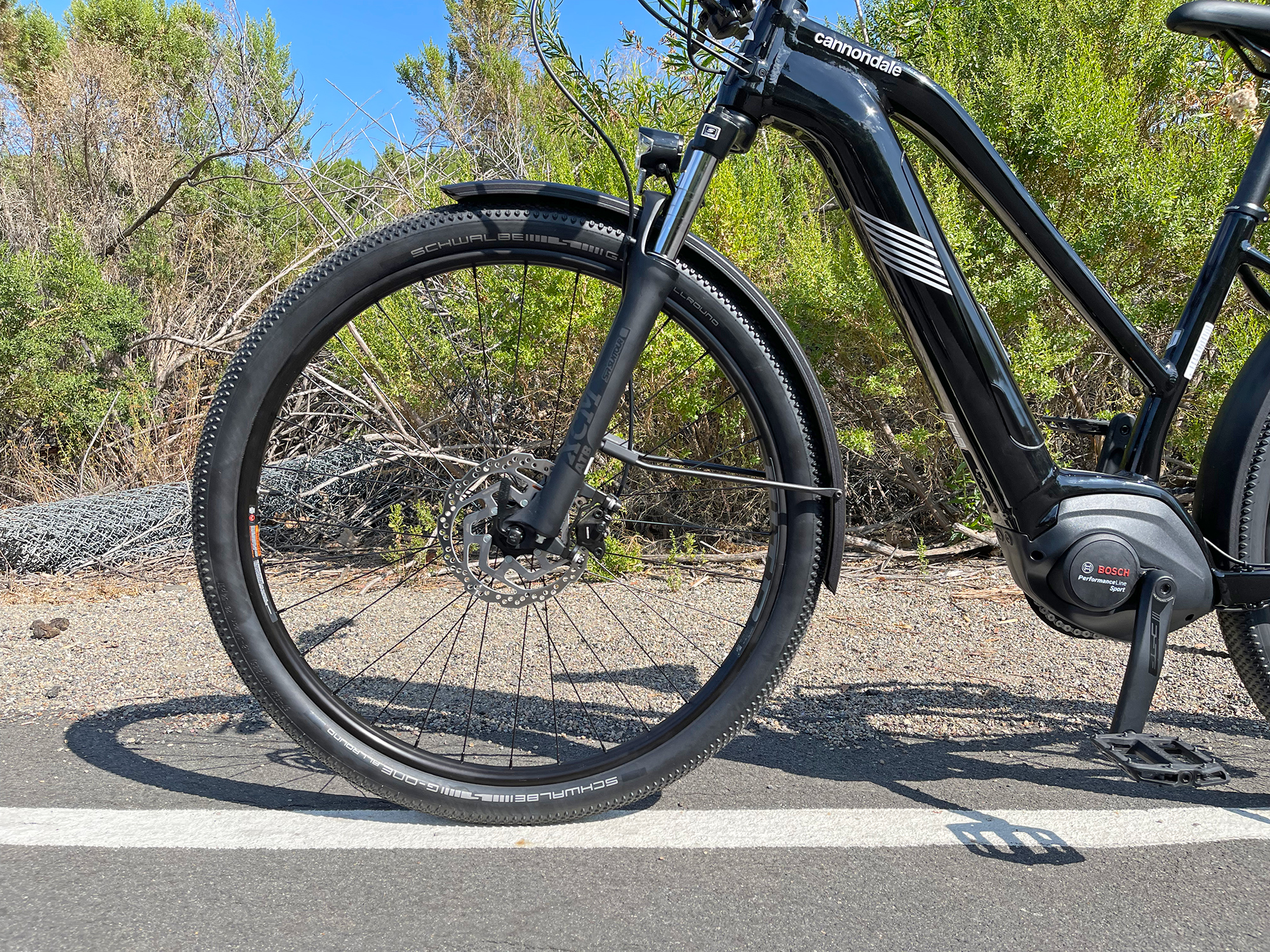
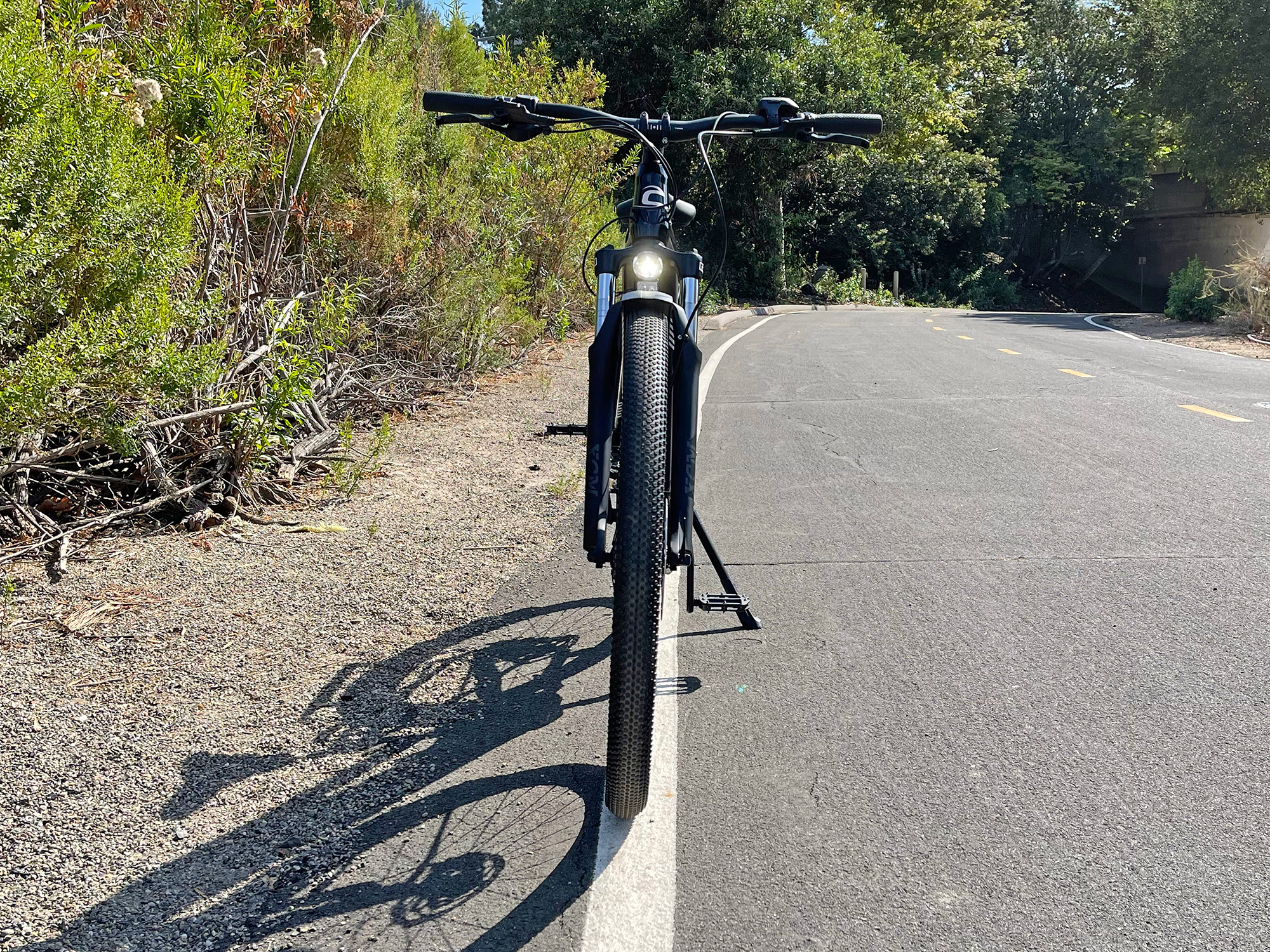
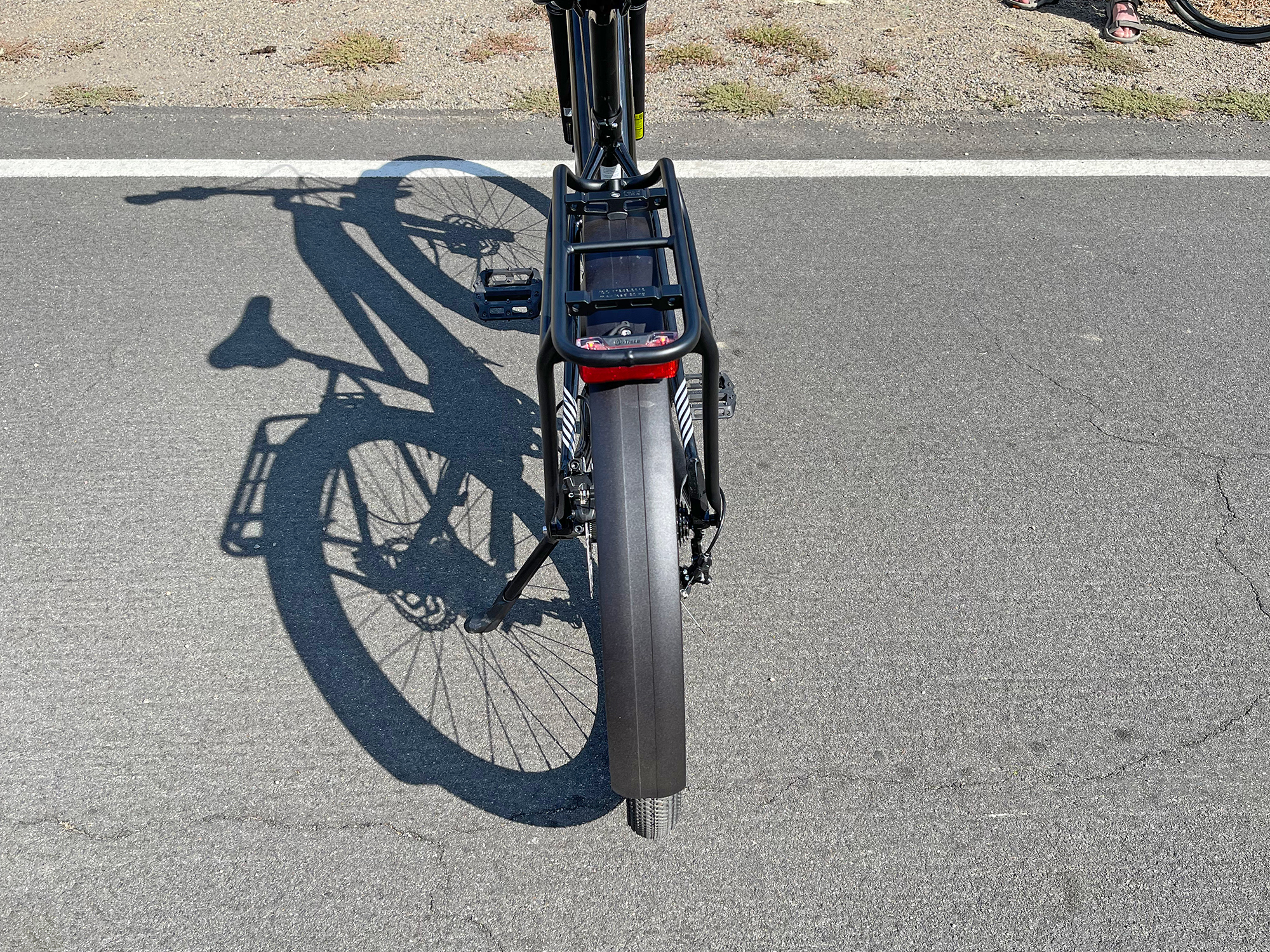
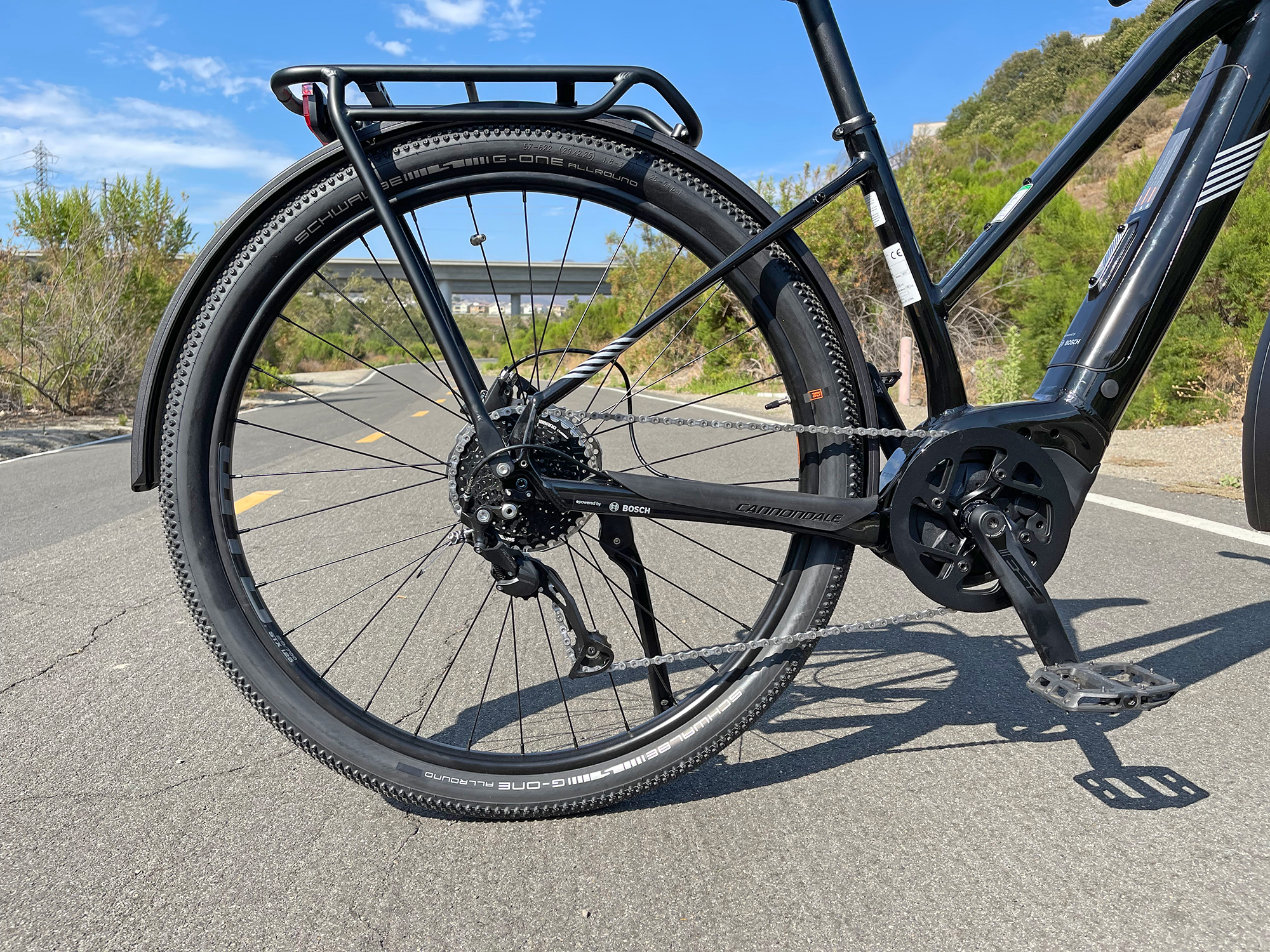
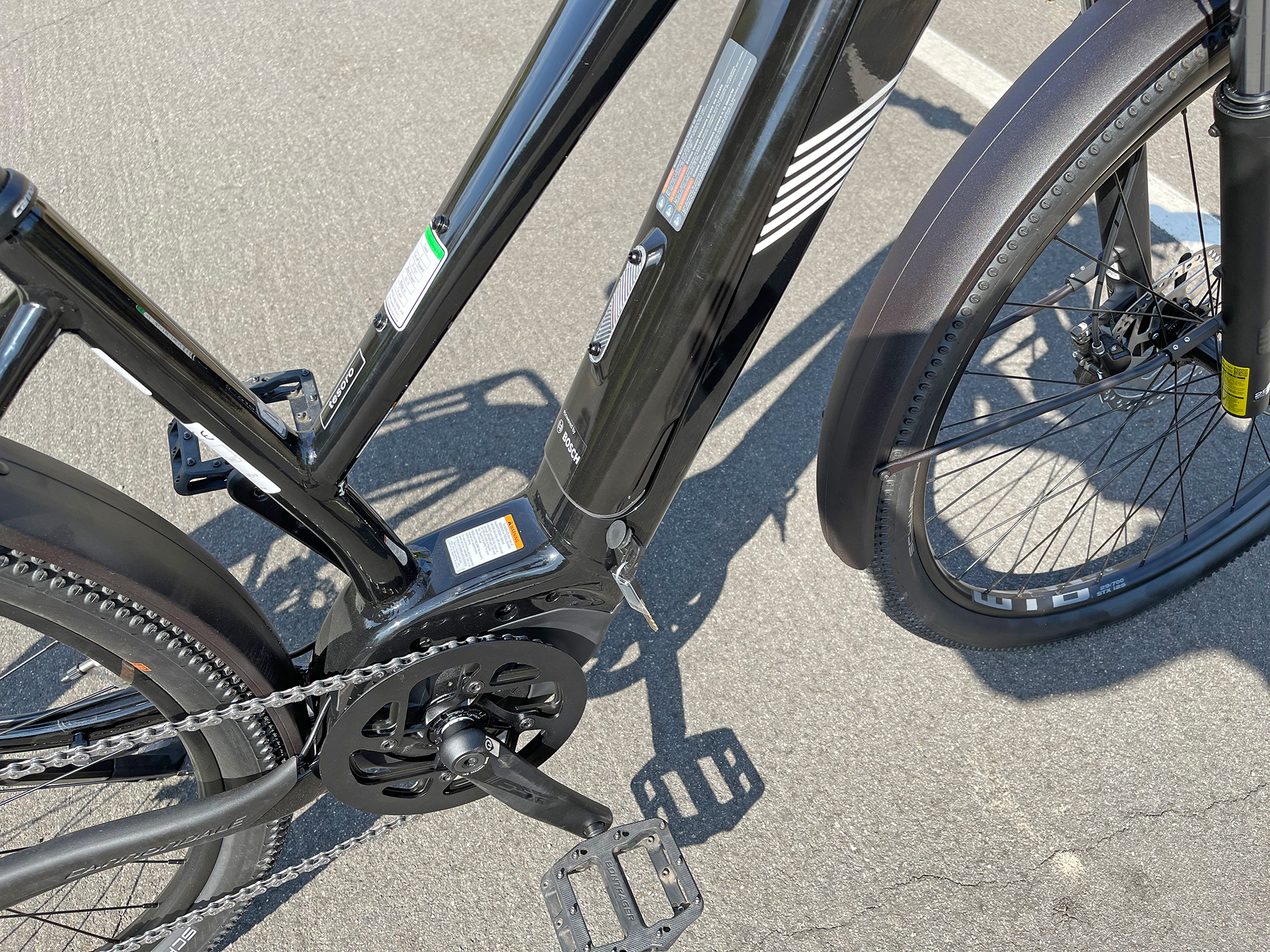


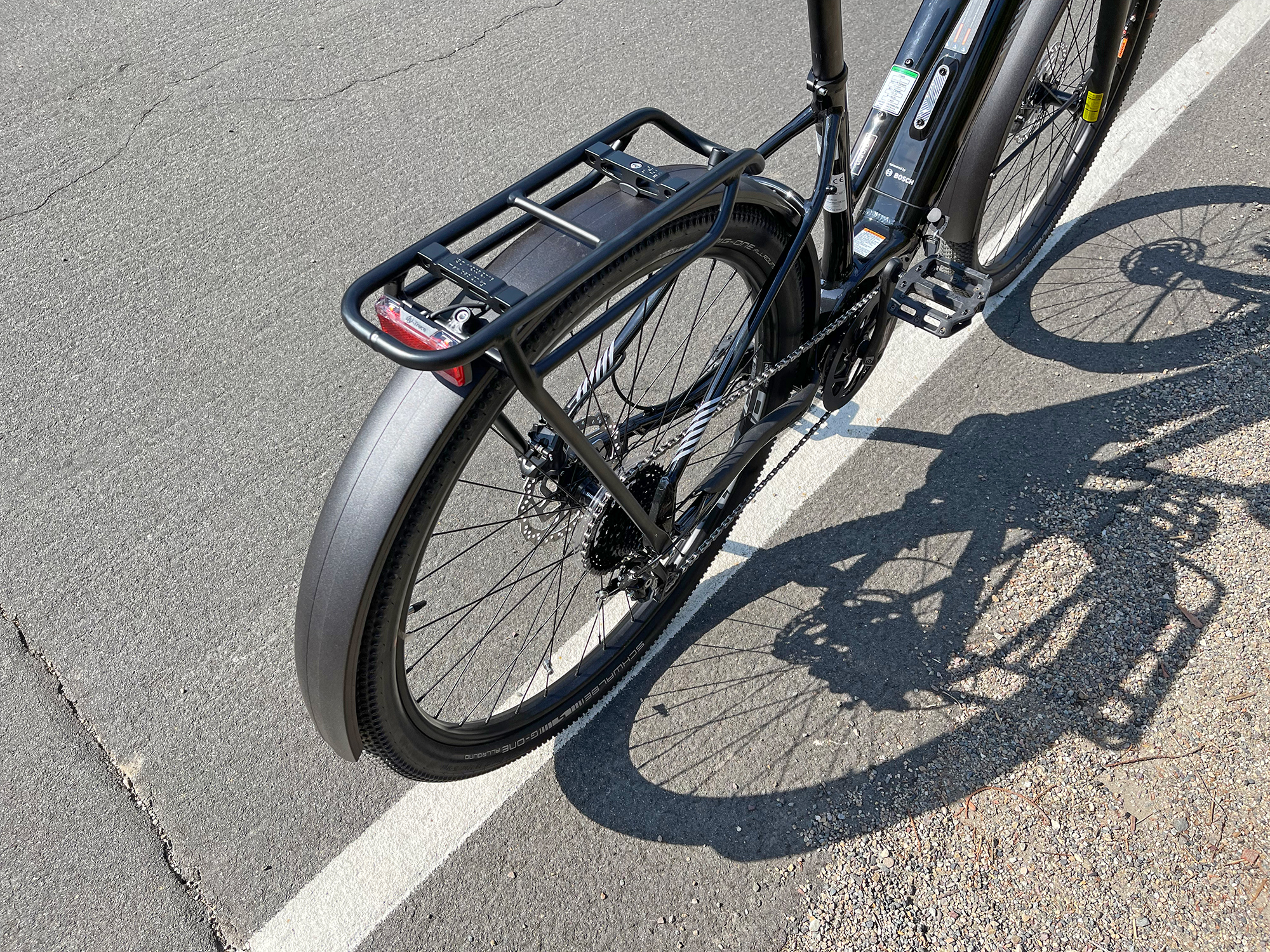
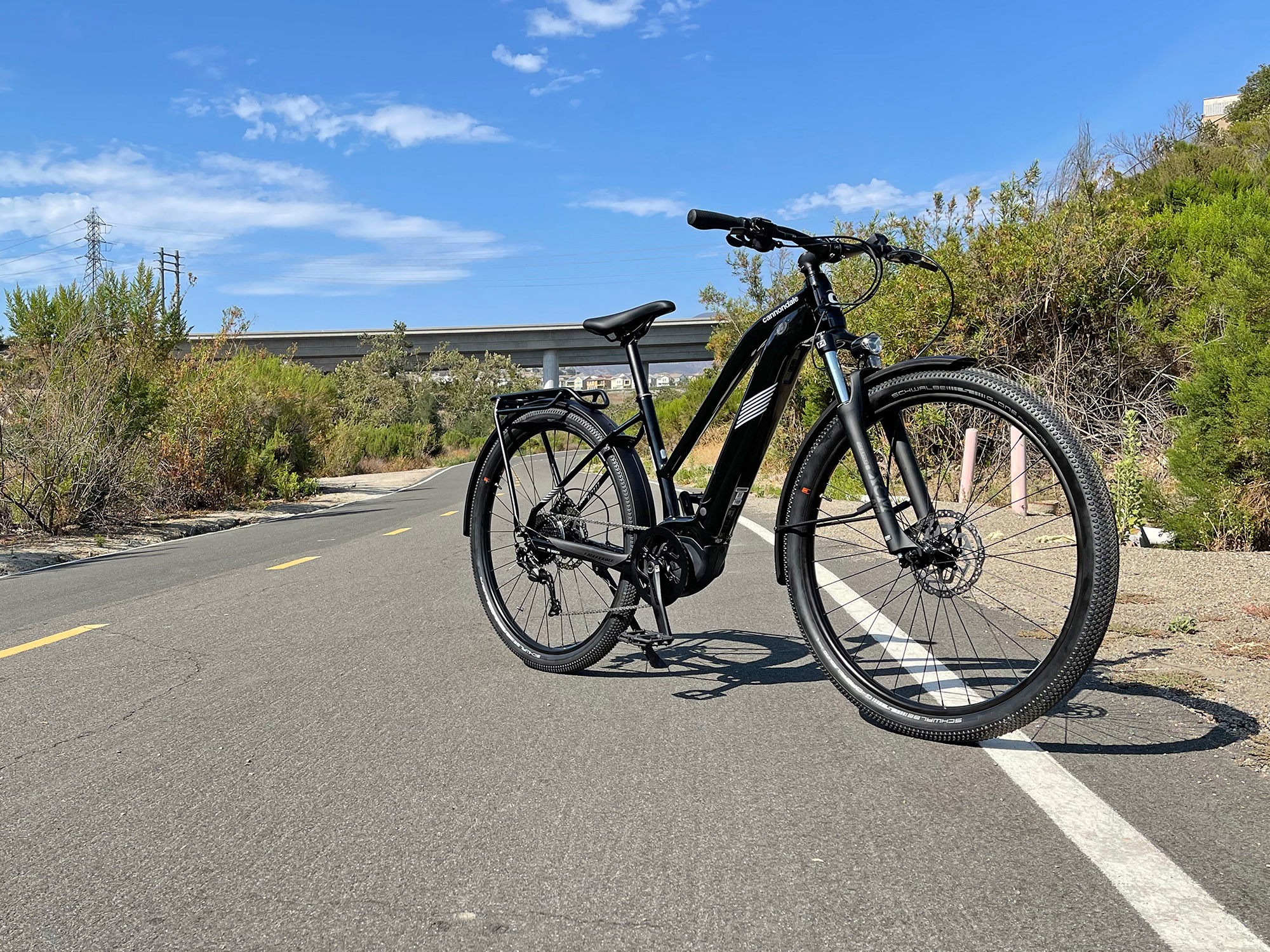
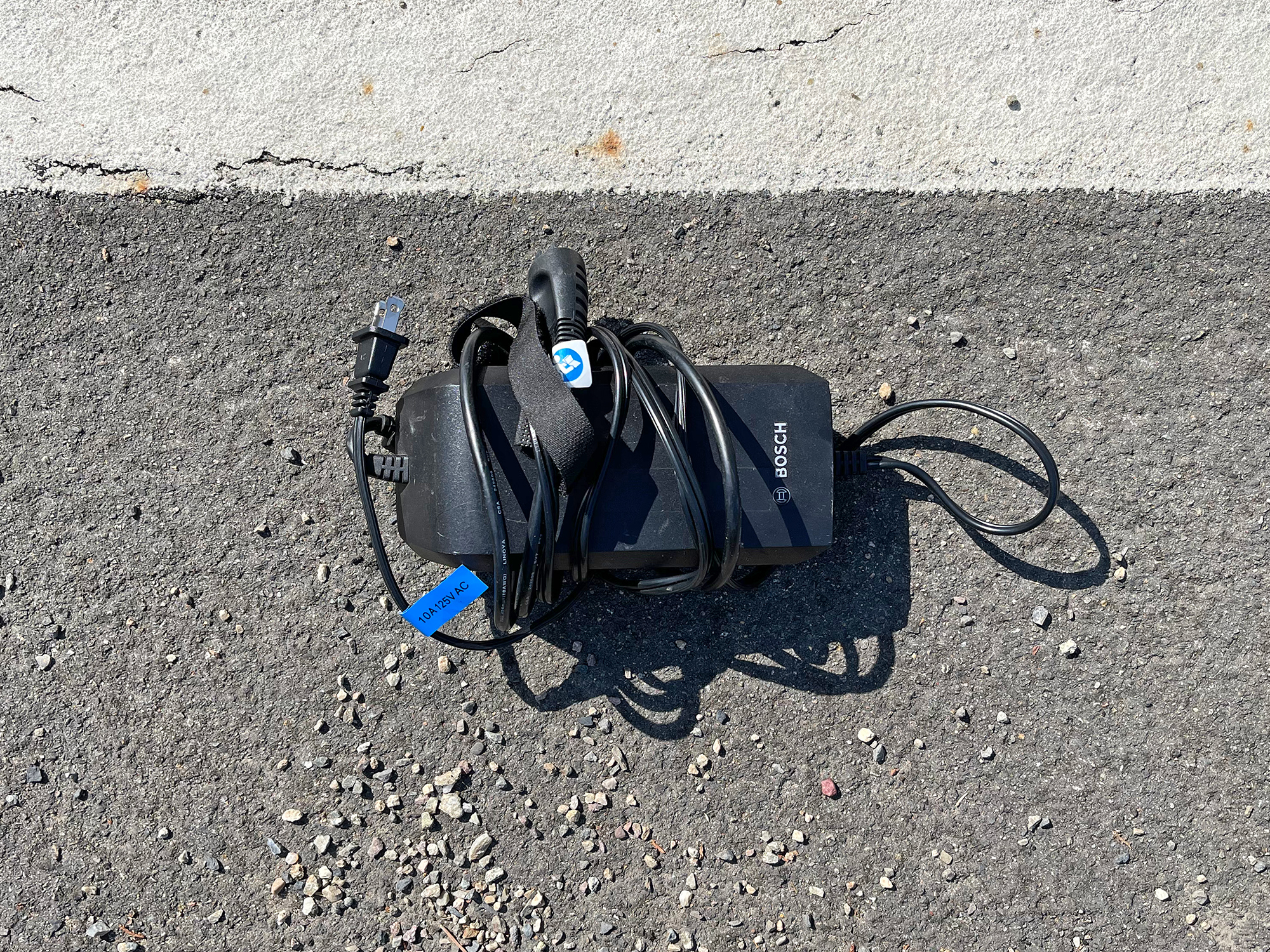
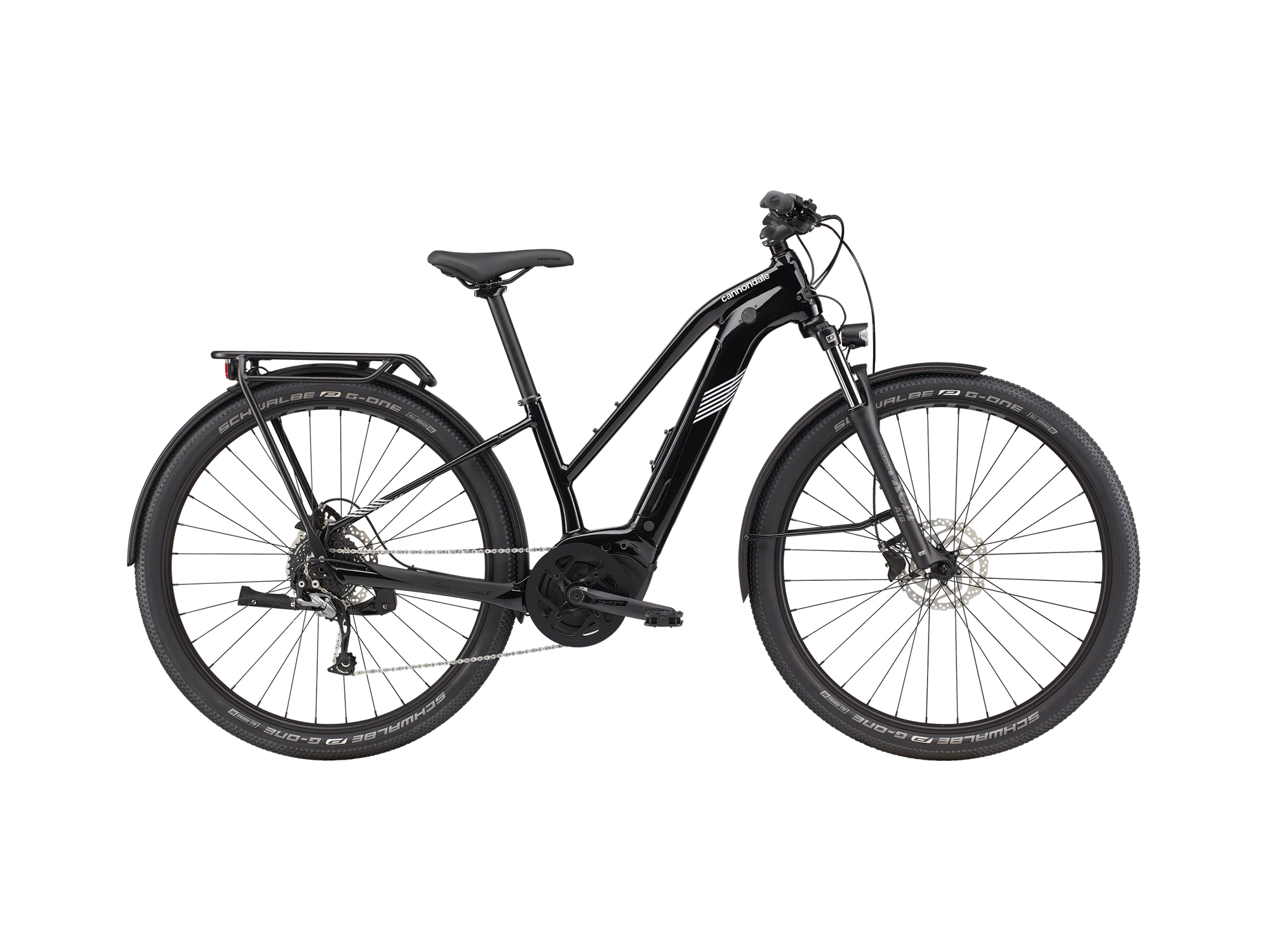

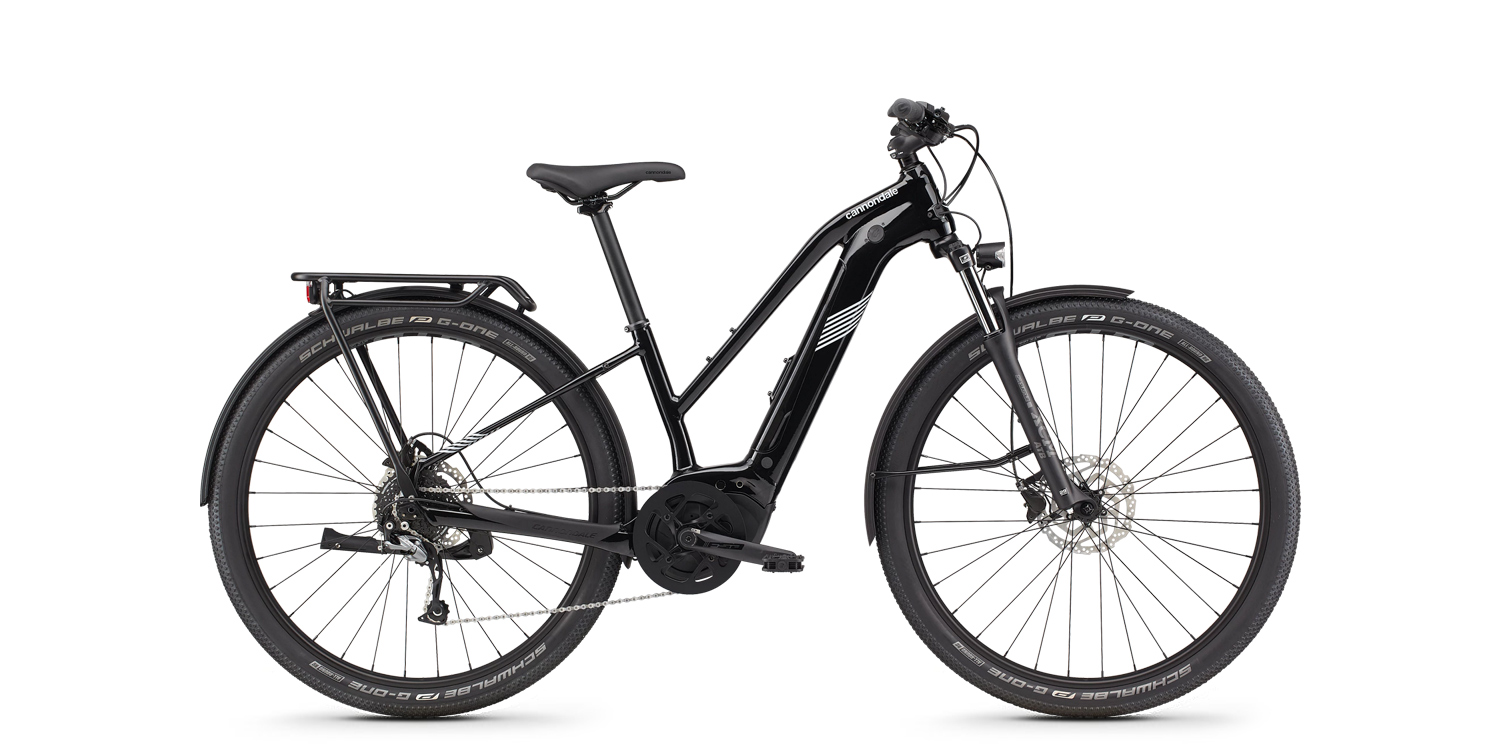
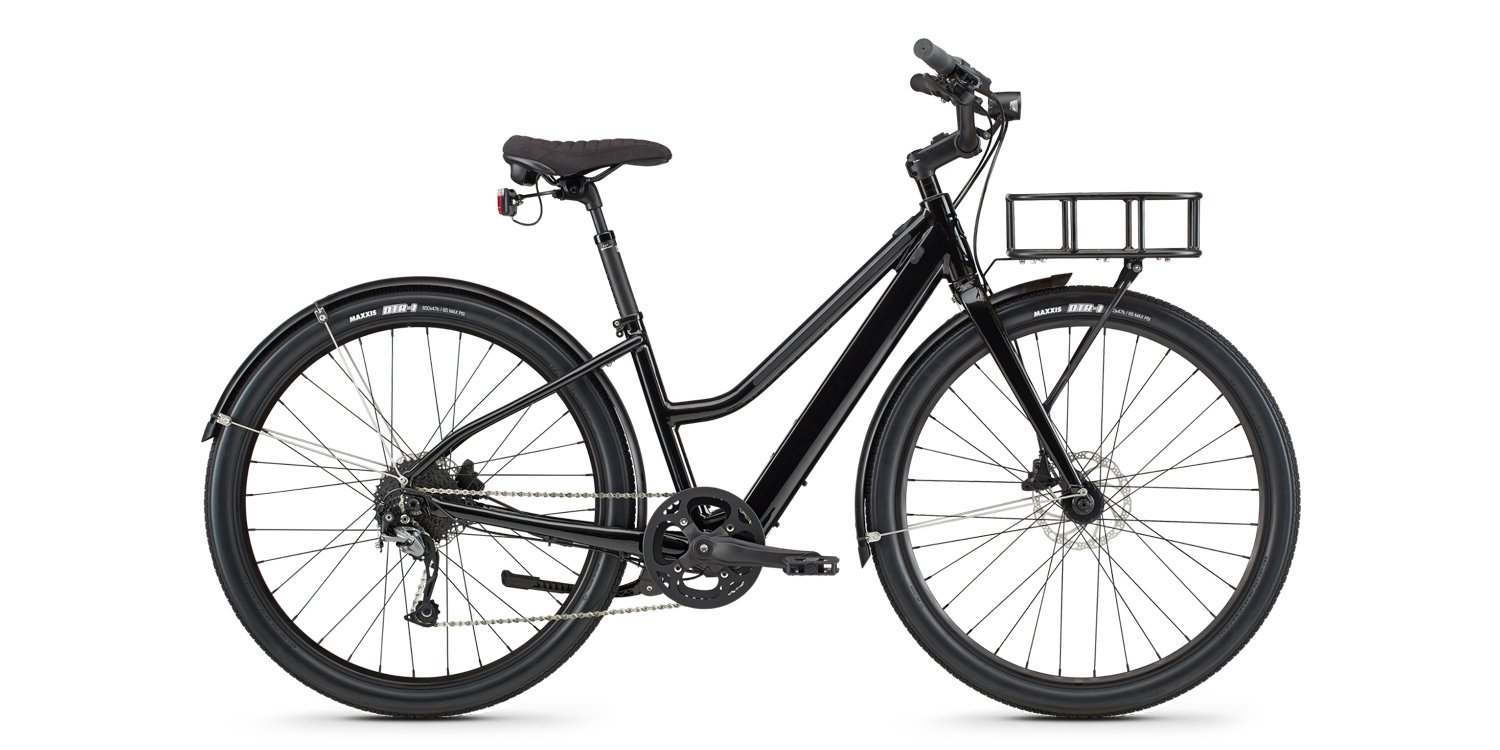
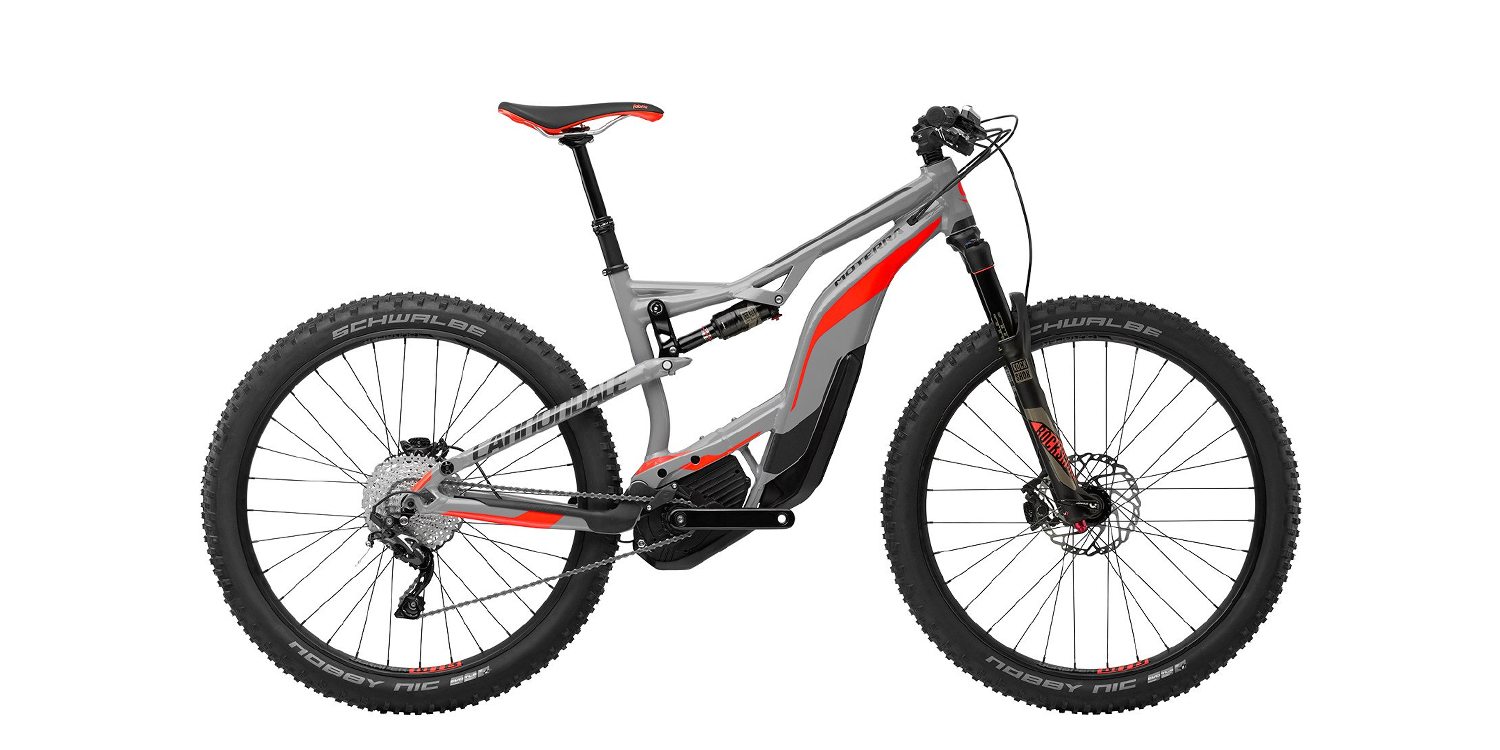
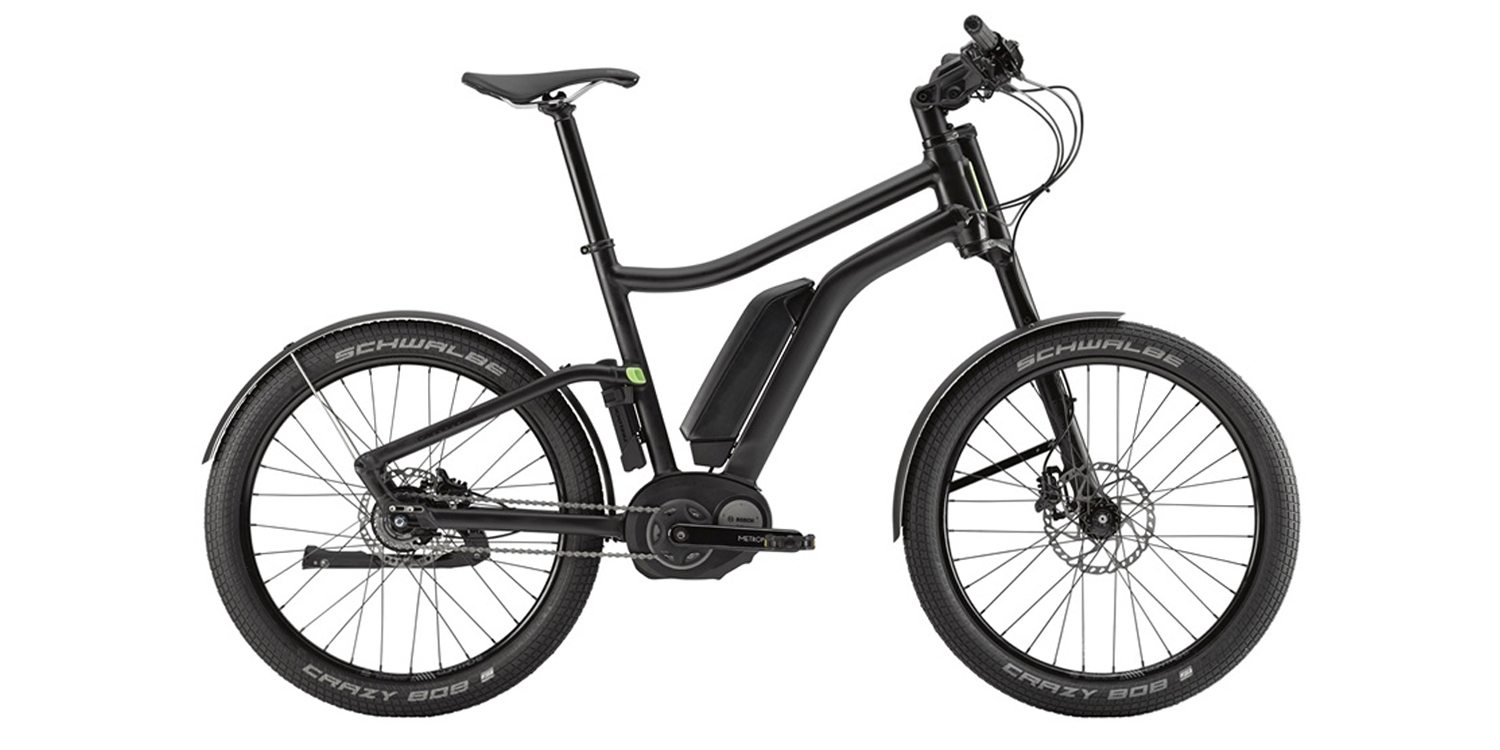
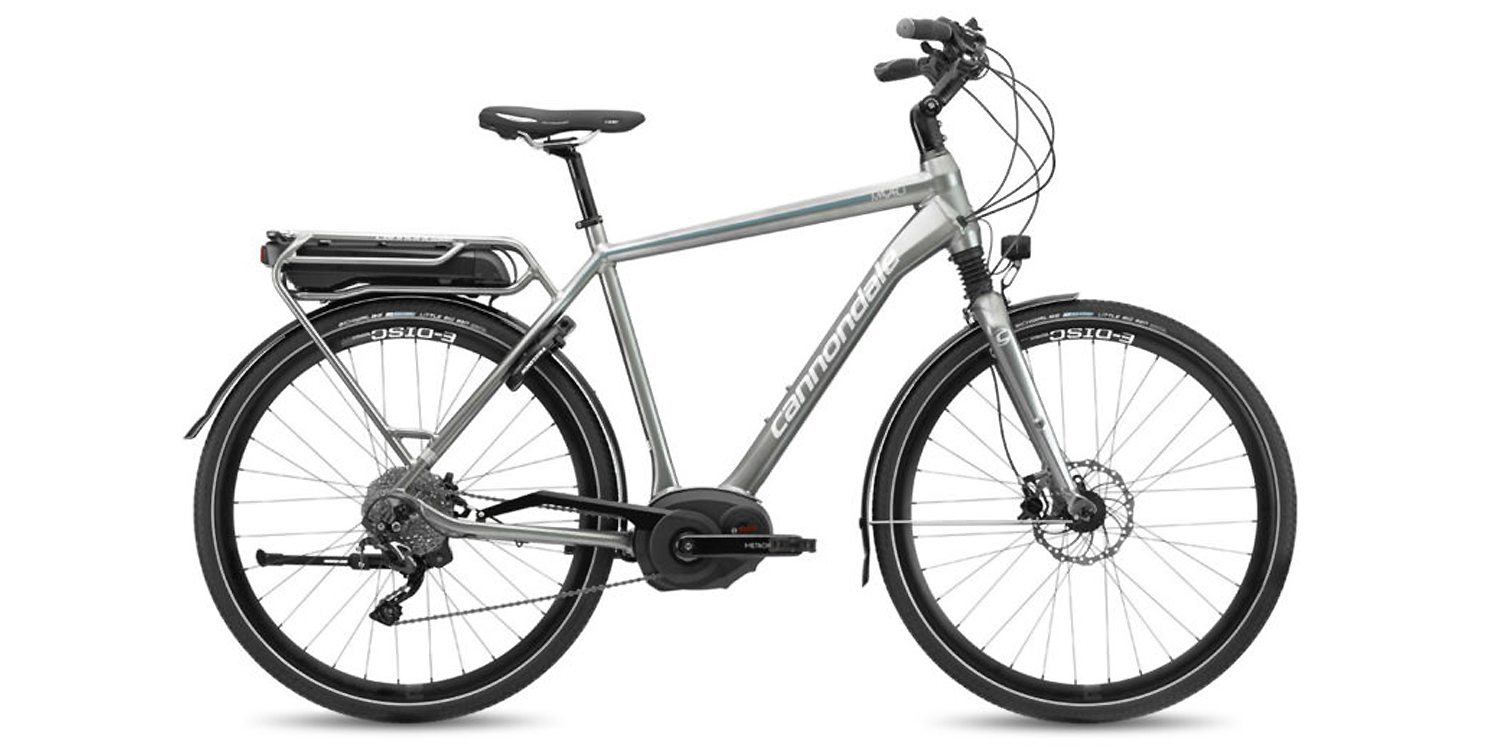
Dave D. says
Purchased a Tesoro Neo X1 outside of Pittsburgh, PA about 6 weeks ago from ProBike bike shop. They still have several X1 and X3 in stock. The X1 is an upgraded version of the X3. I love the bike (my 3rd ebike in 10 years). The bike Feels very strong, ride is surprisingly smooth (with seat post suspension), and has great assist performance. I would strongly recommend this bike to anybody looking for great road and trail riding.
Court says
Awesome! Thanks for this testimonial Dave, it’s great to hear that you’re enjoying the X1 and that you’ve been riding ebikes for 10 years now… that’s just like me! This is year 10 of EBR, so it sounds like you were an early adopter. I’m curious about your first two ebikes?! What brands and models were they?
LaPlaca, Michael & Patrice says
Why do some manufacture opt not to use throttles on there bikes. Seems many high end don’t use them
Court says
Great question! I believe that this is because the big brands (Bosch, Shimano, Yamaha, Brose) all sell more products in Europe than North America, and that part of the world has regulations that are much more strict. Nanny state… The top speed in those geographies is usually lower (25km/h vs. 32km/h), motor power is usually limited to 250 watts nominal vs. 750w nominal, and no throttles are allowed at all.
About 10 years ago, when ebikes started emerging in the US, I noticed that some of the big companies were lobbying to create the three class system. I believe that this was done with support from an organization called People for Bikes. These companies and organizations were asserting that Class 1 was best for mountain biking. I observed that this group of riders was sensitive and vocal in the early days about electric bikes in general. The Class system was communicated as a positive compromise that might be easier on the trails… which is misdirection in my opinion, but these companies have deep pockets and the irrational complaining sort of mountain bikers might not have realize that braking is much harder on trails than assist or throttle powered ebikes tend to be, based on how power is applied progressively.
Fast forward to current time, it seems that these big companies can now repurpose their European hardware for the US, slightly change the power out put (or just change their labels and marketing), and act like it’s the best thing for consumers. These same large companies have vast dealer networks and have been buying up smaller brands and shops more recently as well, to create a competitive advantage.
If you want a higher-end product that does use a throttle, consider DOST. I feel that Pedego, Rad Power Bikes, Magnum, and Blix are also good throttle-powered ebike alternatives. Throttles (twist or trigger), can be useful if you’ve got a sensitive knee or hip, are carrying a heavy load that is less stable, or are riding on soft difficult terrain where it can be tricky to start from standstill. In my experience, they allow for riders to focus on balance and gear selection while simplifying power application and are a “nice to have” feature. Who doesn’t appreciate more choice in how to ride? I suppose it’s only those who have a vested interest in achieving economies of scale that might prefer less choice for consumers. Here’s a full list of Class 2 electric bikes to explore :)
Michael Francis LaPlaca says
Thx for all the info… it is greatly appreciated. I’ve been bouncing around with my ideas and needs and you supported them. Now my wife… 80)
Court says
Good luck Michael!!